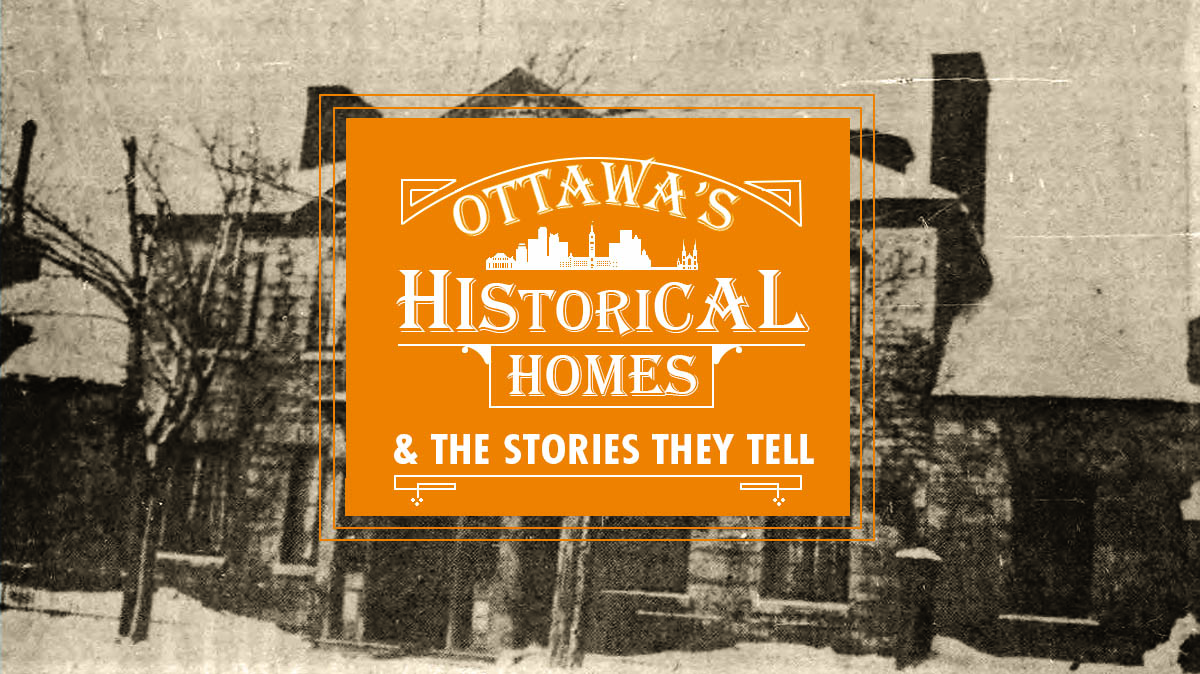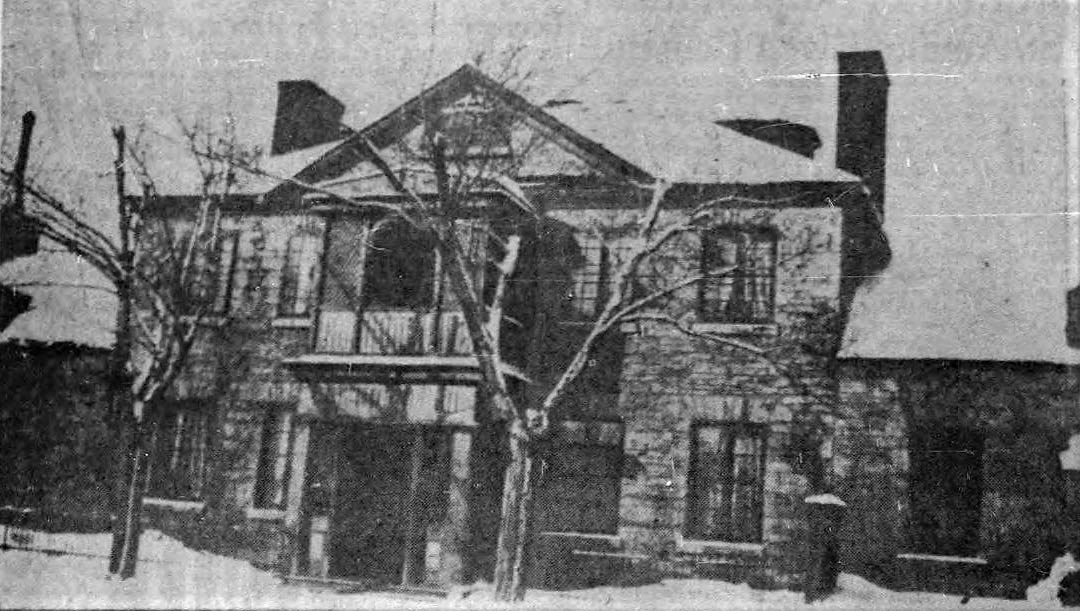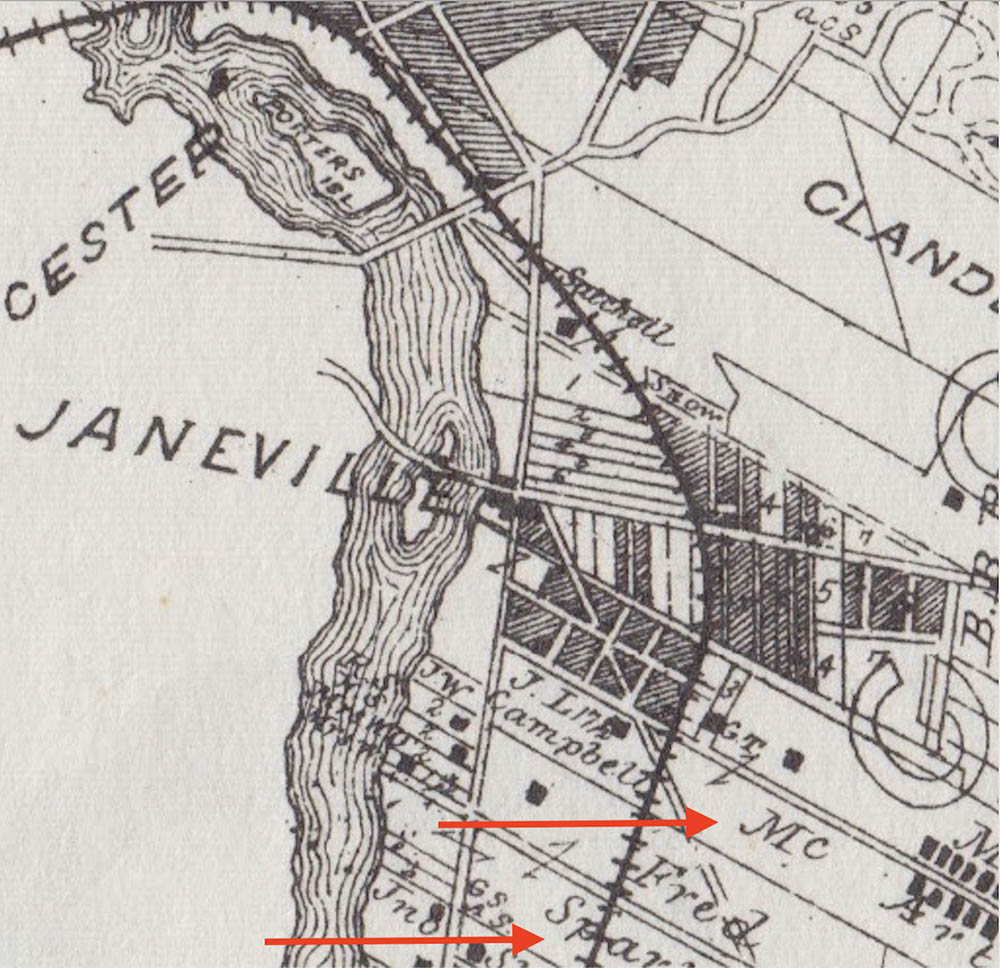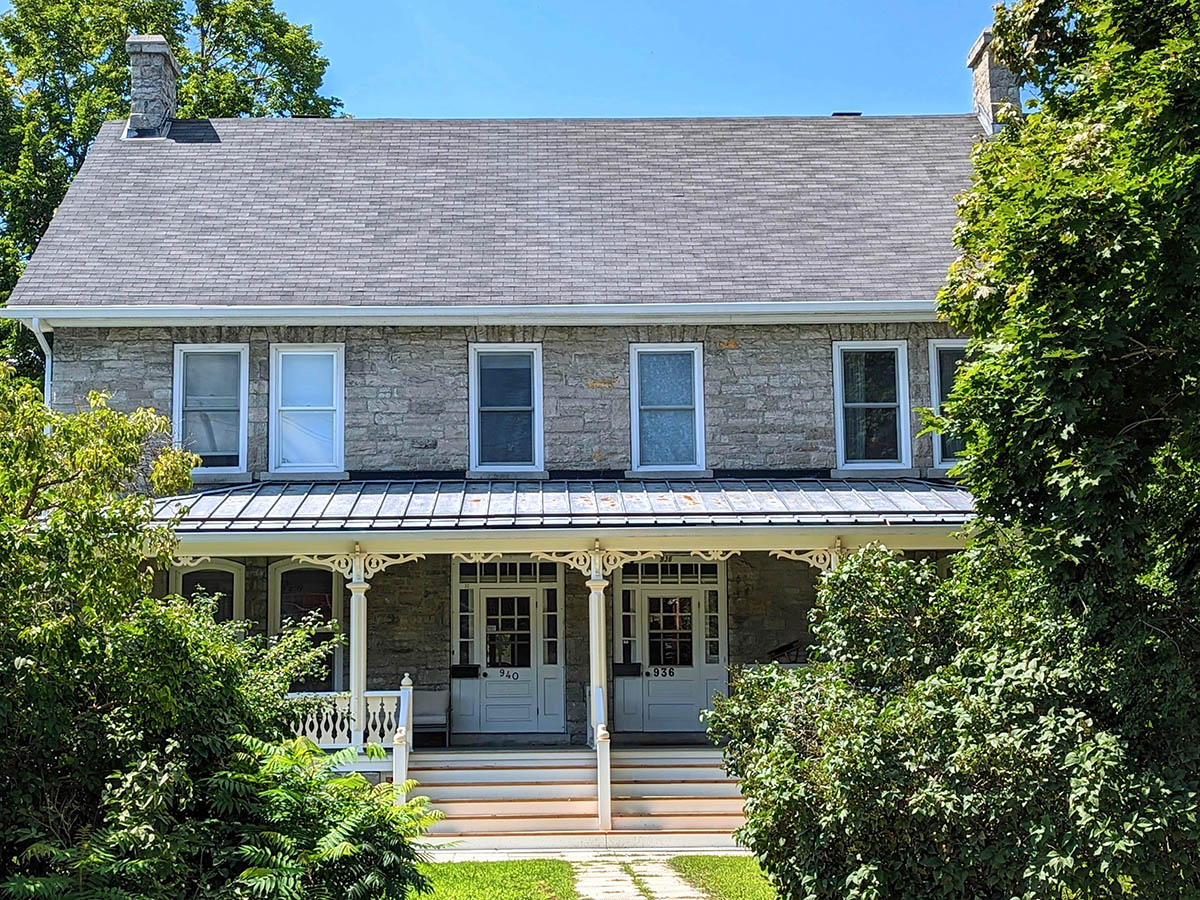
Sparks on the Rideau
The region to the east of the Rideau River, originally named Lunenburg District in 1788, was surveyed in 1792 and renamed Gloucester Township after William Frederick (nicknamed Silly Billy), second Duke of Gloucester and Edinburgh and nephew of King George III. A large subsection became known as Junction Gore in 1831, bounded by the Rideau and Ottawa Rivers and what are today known as Walkley Road at Mooney’s Bay to the south and St. Laurent Boulevard to the east. Lots 1, 2, 3, and 4 were purchased by Thomas McKay, comprising the territory upon which today reside New Edinburgh, most of Rockcliffe Park and the northern section of Vanier.
Nicholas Sparks (circa 1791-1862) was the first of many Sparks family members from Wexford County, Ireland, to emigrate to Hull and Bytown in the early 1800s. Nicholas worked for Philemon Wright for several years before purchasing 200 acres of farmland on Lot C, Concession C, Ottawa Front, Nepean from John Burrows (originally and additionally J. B. Honey), a land surveyor who eventually worked for Colonel By. Nepean constituted most of what is Ottawa today. Those 200 acres were sold for a meagre £95 in September 1821, long before Burrows became an overseer of works on By’s canal project that cut right through that acreage, making the value skyrocket.
In 1826, Sparks married Sarah Olmstead Wright, the widow of Philemon Wright, Jr. with whom he had three children. He built a fine 2-storey stone family house on the street eventually named for him, between Lyon and Bay Streets. It was the first stone house in the city, and, like so many others, was razed in the 1950s and replaced with faceless government slabs. Nicholas was a farmer, a lumberman, the owner of sawmills and a cultivator of pine trees, a property vendor, a financier, and a municipal Councillor.

ABOVE: Photo of Nicholas Sparks’ house taken before 1920, Bytown Museum.
Sparks’ 200 acres measured from Wellington Street to present-day Laurier Ave., and from Bronson Ave. to Waller St., making Sparks the first private land developer in the downtown core. He donated land to build the Rideau Canal, to widen Wellington Street, to both St Andrew’s Presbyterian Church and Anglican Christ Church, and for the Courthouse and jail on Nicholas Street (also named for him). However, the donation deal with Colonel By resulted in the grab of additional Sparks property seized under the terms of the Rideau Canal Act of 1827. Sparks fought for 20 years, finally facing a board of arbitration in 1846. His representation, the queen’s printer and former Bytown MLA, Stewart Derbishire, and one staunch defender of property rights, young lawyer John A. Macdonald, won Sparks a handsome settlement of £27,000.
Nicholas Sparks’ cousin George Sparks (circa 1801-1867), a son of Abraham Sparks of the Townland of Dranaghii, Co. Wexford, Ireland, arrived in Bytown circa 1824 and settled on Lot 8, Junction Gore, Gloucester. He and his wife Sarah Welsh were married in Ireland the previous year and had seven sons and four daughters. While Nicholas Sparks’ house grew neglected, eventually transformed into tawdry storefronts, and finally got demolished, cousin George left us with another Sparks home located on the Rideau River about a kilometre south of Cummings Bridge on what was known as Russell Road.

Caption: From The Carleton County Atlas of 1879 showing Janeville (where the Cummings Bridge meets Vanier). Sparks Lot 8 is visible at the bottom and extends to St. Laurent Blvd. The McArthur lot two above it ran along the road named for the family.
Built around 1868 by sons Robert and Nicholas Sparks, the George Sparks house is a semi-detached stone building in the British classical tradition with Picturesque elements, meaning irregular shapes and forms that blend nicely into a rural landscape. The house was built on the river’s shore across the road from the original homestead George built in 1829. The stone house remained the property of George Sparks’ descendants until 1949.

ABOVE: George Sparks’ house.









